Our RedBoards are great. But don't they sometimes seem a little BIG?!
Enter smôl, a new range of boards which are both small in size and small on current draw. It's a smôl world!
The smôl ESP32 Processor Board combines Espressif's ESP32 (ESP32-D0WDQ6-V3) with our smôl FPC interconnect to bring a processor board with reliable wireless capabilities into our smôl ecosystem.
The ESP32 includes a laundry list of functionality, including the dual-core Tensilica LX6 microprocessor, 240MHz clock frequency, 520kB internal SRAM, integrated WiFi transceiver and hardware accelerated encryption (AES, SHA2, ECC, RSA-4096). With this smôl processor board, you have access to both SPI and I2C interfaces plus 2 general use IO pins. We've added a miniature WS2812C RGB LED for visual feedback and of course it comes with USB-C connectivity as standard. Add to that 16MByte (128Mbit) of flash storage and sleep current of around 500µA, and you've got a perfect storm of miniature versatility. Need to get that sleep current even lower? Pair the smôl ESP32 with one of our intelligent Power Boards and you can drop the sleep current below 10µA!
smôl is an ecosystem of miniature processor boards, peripheral boards, power boards and accessories. Designed to be both physically small and to have the smallest possible current draw, smôl is the perfect choice for applications like wildlife tracking or discrete long-term monitoring. smôl boards are designed to stack one on top of the other, using 16-way 0.5mm-pitch Flexible Printed Circuits (FPCs) to provide the interconnect from one board to the next. Looking for a really compact solution for your next project? This is it!
We will be adding new smôl boards over the coming months. Don't see the board you need for your application? Reach out to us via the SparkX Forum and tell us which board(s) we should add next!
Experimental Product: SparkX products are rapidly produced to bring you the most cutting edge technology as it becomes available. These products are tested but come with no guarantees. Live technical support is not available for SparkX products. Head on over to our forum for support or to ask a question.
ESP32 General Features:
- Dual-core Tensilica LX6 microprocessor
- Up to 240MHz clock frequency
- 520kB internal SRAM
- 128Mbit/16MByte flash storage
- Integrated 802.11 BGN WiFi transceiver
- Hardware accelerated encryption (AES, SHA2, ECC, RSA-4096)
- Typical current draw: from USB (5V); using on-board regulator; CP210x active:
- SimpleWiFiServer (receive): 64.7mA (AVG); 59.1mA (MIN); 144mA (MAX)
- SPIFFS_Test (writing): 87.4mA (AVG)
- Light sleep: 11.1mA (AVG)
- Deep sleep: 9.6mA (AVG)
- Typical current draw: from smôl 3.3V; on-board regulator disabled; CP210x inactive:
- SimpleWiFiServer (receive): 63.6mA (AVG); 58.5mA (MIN); 142mA (MAX)
- SPIFFS_Test (writing): 74.9mA (AVG)
- Light sleep: 1.4mA (AVG)
- Deep sleep: 450µA (AVG)
- The sleep current can be reduced to less than 10µA by pairing the smôl ESP32 with one of our intelligent Power Boards
Specific Peripherals made available on smôl ESP32:
- USB-C interface for programming and debug
- I2C
- SPI
- smôl supports up to 3 SPI Peripheral Boards with dedicated chip select signals
- 2x additional GPIO
- WS2812C RGB Status LED
Properties:
- Length: 1.60" (40.6mm)
- Width: 0.42" (10.7mm)
- Height: 0.22" (5.5mm) max.
- Weight: 2.2g (0.08oz)
- PCB thickness: 1.2mm
smôl ESP32 Processor Documentation:
- Schematic
- Eagle Files
- Hookup Guide
- Board Dimensions
- Datasheet (ESP32-D0WDQ6-V3)
- GitHub Hardware Repo
- Arduino Examples
smôl Documentation:
ESP32 Documentation:
smôl ESP32 Product Help and Resources
smôl Hookup Guide
October 19, 2021
Small in size, small on current draw. It's a smôl world! This guide will get you up and running with the smôl ecosystem.
smôl ESP32 Hookup Guide
October 20, 2021
Small in size, small on current draw. It's a smôl world! This guide will get you up and running with the smôl ESP32 Processor Board.
Core Skill: DIY
Whether it's for assembling a kit, hacking an enclosure, or creating your own parts; the DIY skill is all about knowing how to use tools and the techniques associated with them.
Skill Level: Competent - You might need to break out the power tools. Nothing beyond a power drill or rotary tool should be required, but you might have a hard time with just a screwdriver and hammer. Cutting holes into plastic or metal might be required.
See all skill levels
Core Skill: Electrical Prototyping
If it requires power, you need to know how much, what all the pins do, and how to hook it up. You may need to reference datasheets, schematics, and know the ins and outs of electronics.
Skill Level: Competent - You will be required to reference a datasheet or schematic to know how to use a component. Your knowledge of a datasheet will only require basic features like power requirements, pinouts, or communications type. Also, you may need a power supply that?s greater than 12V or more than 1A worth of current.
See all skill levels
Comments
Looking for answers to technical questions?
We welcome your comments and suggestions below. However, if you are looking for solutions to technical questions please see our Technical Assistance page.
Customer Reviews
2 out of 5
Based on 1 ratings:
Don't reliably connect, wonky design
Half the time the connector won't make it into the slots with this product, to the point where it starts damaging the flexible printed circuit connector and makes connecting boards impossible. The zigzag design turns out to be a pretty wonky design choice for connecting these as well. I'd avoid these boards and opt for another tiny arduino instead.

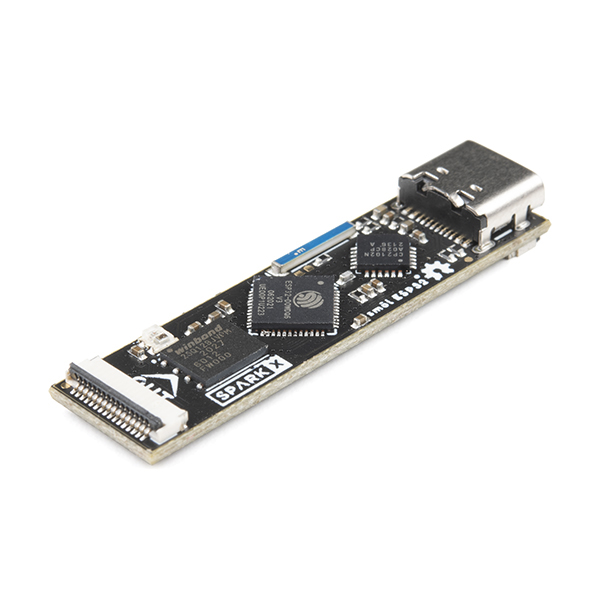
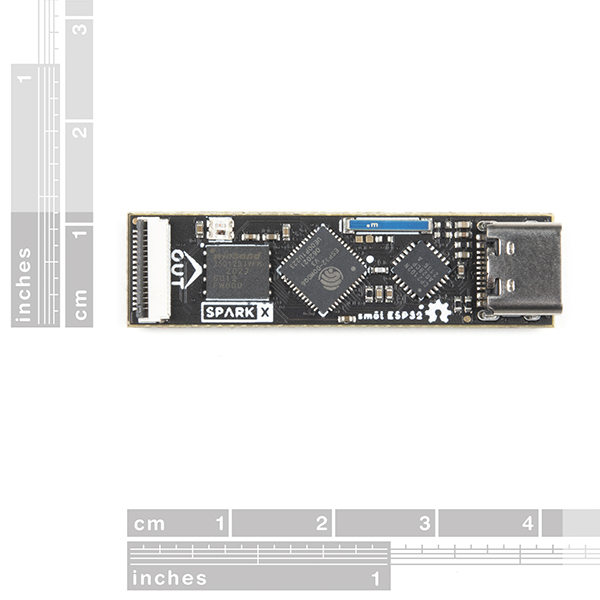
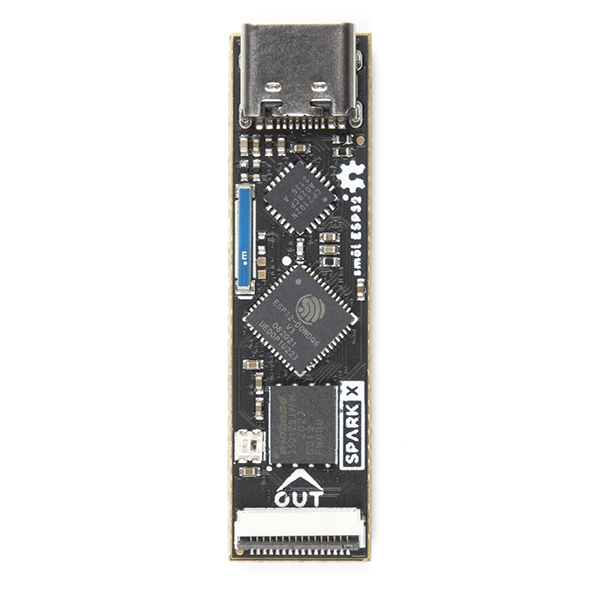
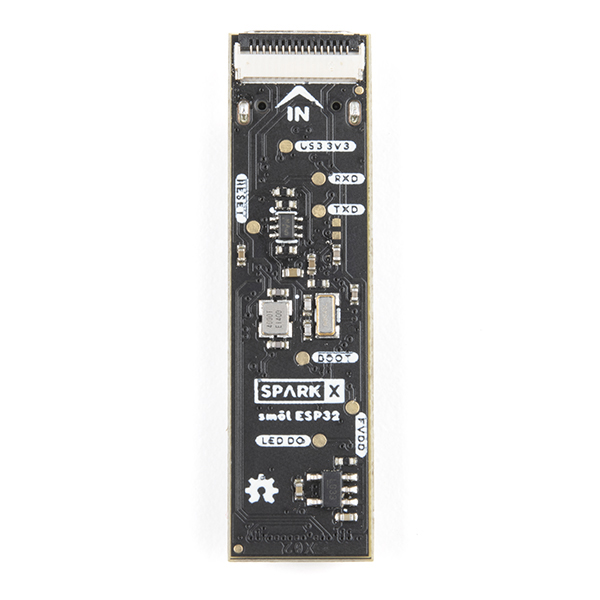

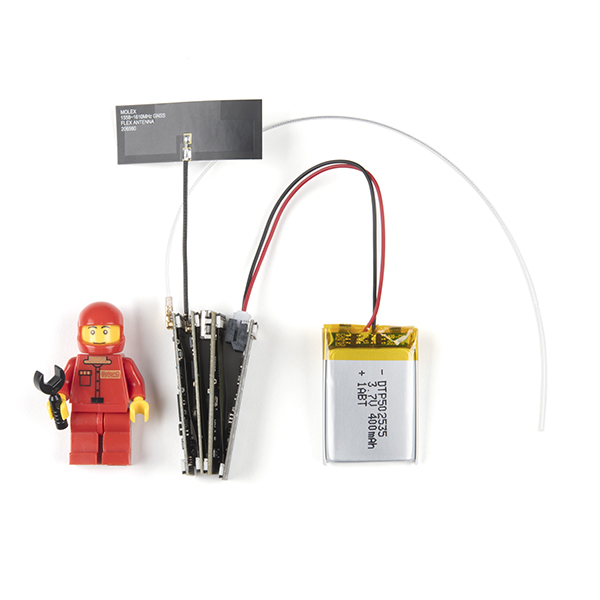
I can't seem to get it to reliably upload without soldering a button to the BOOT pad on the bottom and holding it during an upload. Any suggestions or thoughts on why that might be the case?
Just curious... Why are there no mounting holes on the PCB? Whats the plan to keep it mounted? Such a good idea, but without being able to mount it, I think its a fail.
Hi @seulater, The brief for smôl was to keep the boards as small as possible. The lack of mounting holes is quite deliberate - adding those would have increased the size of the boards. The mounting method will depend on the application - for wildlife tracking the boards are likely to be encapsulated. Best wishes, Paul
Thanks. Not sure how they would encapsulate them with the ribbon cable on one end and the USB on the other. Perhaps, they should have added just a bit more PCB on each side that would be slightly larger than say a 2-56 size hole. These sides would be scored so for people that want the smallest could just snap off the two sides.
Hookup Guide link gives a 404. Please fix. Also, are there videos planned on feature/connectivity? Thank you
Thanks for the heads-up. The Hook-Up Guides have just gone live.
Hmm, I think the Hookup Guide is still being worked on. Let me see if I can contact anyone from SparkX.
Oh wow! These are small! =)